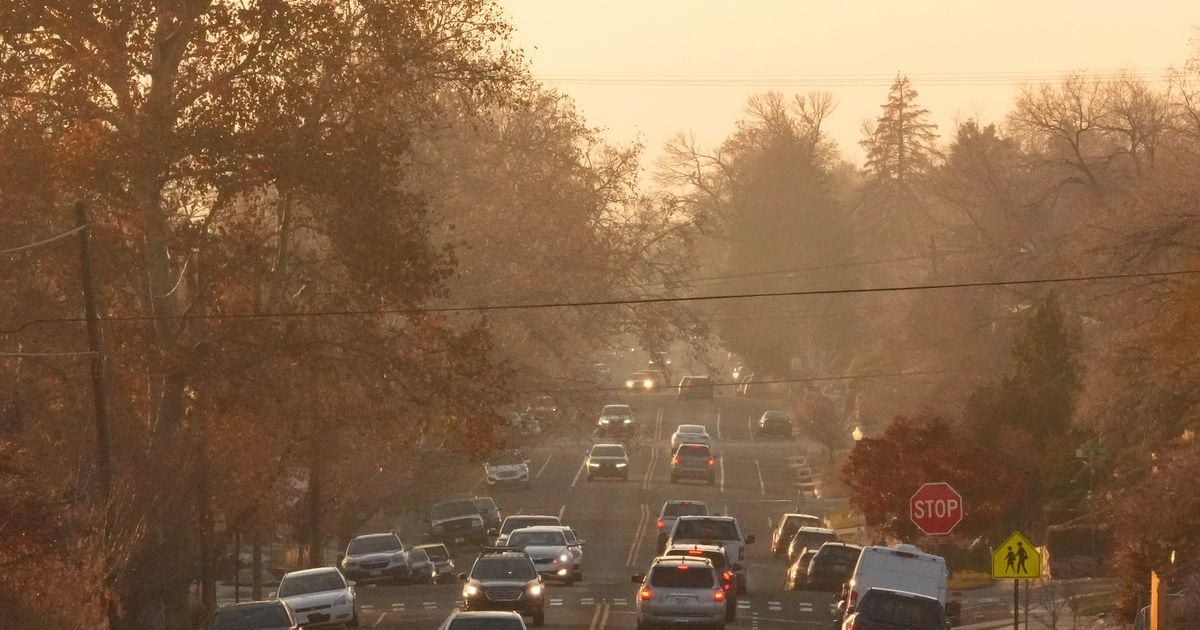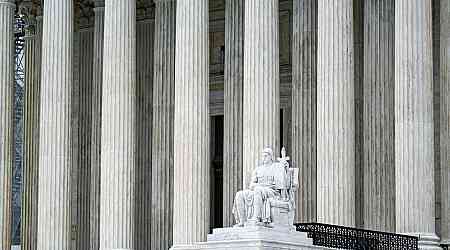Summer offers more than just pleasant weather and longer days. School is out, and family and friends are creating memories while enjoying our state’s natural beauty outdoors. Among these students are fresh graduates, newly educated and trained, eager to make their mark in the workforce. These graduates must now decide where to start the next chapter of their life. Will they choose to stay and build their careers locally, or will they prioritize seeking opportunities outside of Utah?
As a biomedical Ph.D. candidate in the final years of my training, I have deeply considered these questions. Originally from Wisconsin, I was drawn to pursue grad school in Salt Lake City by the state’s abundant outdoor recreation opportunities and impressive growth of the biotech sector. However, due to growing environmental quality concerns, I have seriously contemplated moving elsewhere after graduation.
From toxic dust storms to the harsh winter inversion smog, it’s well known that Salt Lake has some of the worst air quality in the nation. Just last December, our capital city ranked 26th in the world for worst air quality. But the visible “haze” of air pollution is only the beginning. The health consequences of Utah’s polluted air are especially alarming, putting both new and long-time residents at risk for severe health complications, including asthma, cardiovascular disease and lung cancer. A recent study from Brigham Young University reports that Utah residents lose between 1.1 to 3.5 years of life due to poor air quality, with up to 23% of residents losing five years or more.
Acute exposure to air pollution has been shown to promote depression and mental illness, as well as increase the risk of suicide completion in Salt Lake County. Utah’s air pollution is also linked to a rise in health issues like spontaneous pregnancy loss and higher asthma prevalence. Unsurprisingly, emergency room visits in Utah can spike by up to 40% on days with poor air quality.
Yet, poor air quality is not only a major health problem in Utah, but also a serious economic issue as well. A recent study estimates that air pollution costs Utah taxpayers an average of $1.9 billion annually through direct costs, like healthcare expenses, and indirect costs, such as loss of tourism and decreased economic growth.
These studies become even more alarming when factoring in recent moves being made in the state. This includes stories of carbon-heavy coal-burning power plants abandoning early closure plans while plans for cleaner nuclear power options have been canceled. Further, while the EPA’s tightening carbon emission standards appear to be a major win for the state, our state governor recently made a controversial decision to sign a letter voicing opposition to updated air quality compliancy regulations, signaling opposition to clean air policy.
Given these serious health and economic implications, it is imperative that Utah policymakers prioritize addressing our unhealthy air quality. Instead of using energy to voice opposition to new air quality regulations, our state leaders need to work together, with intensity and efficiency, to identify the best strategies to improve our polluted air. State leaders must invest in new policy, such as HB279 Air Quality Amendments, sponsored by Rep. Clancy, which sought to mandate a 50% reduction in air pollutants by 2033 in the Wasatch Front, including harmful fine particulate matter, carbon monoxide, sulfur dioxide and nitrogen oxide. Unfortunately, this bill failed to move through the legislature.
function onSignUp() { const token = grecaptcha.getResponse(); if (!token) { alert("Please verify the reCAPTCHA!"); } else { axios .post( "https://8c0ug47jei.execute-api.us-east-1.amazonaws.com/dev/newsletter/checkCaptcha", { token, env: "PROD", } ) .then(({ data: { message } }) => { console.log(message); if (message === "Human




























